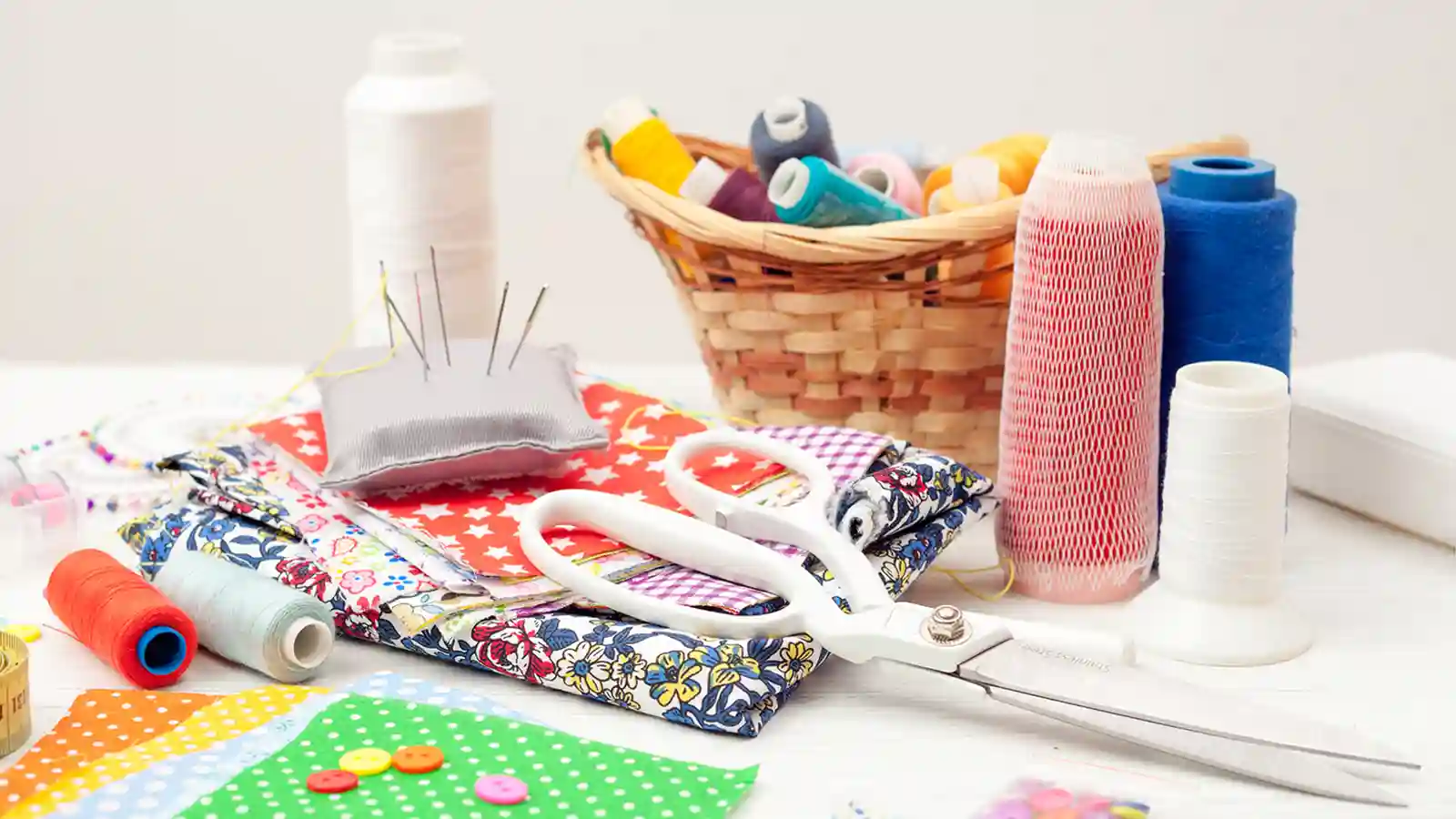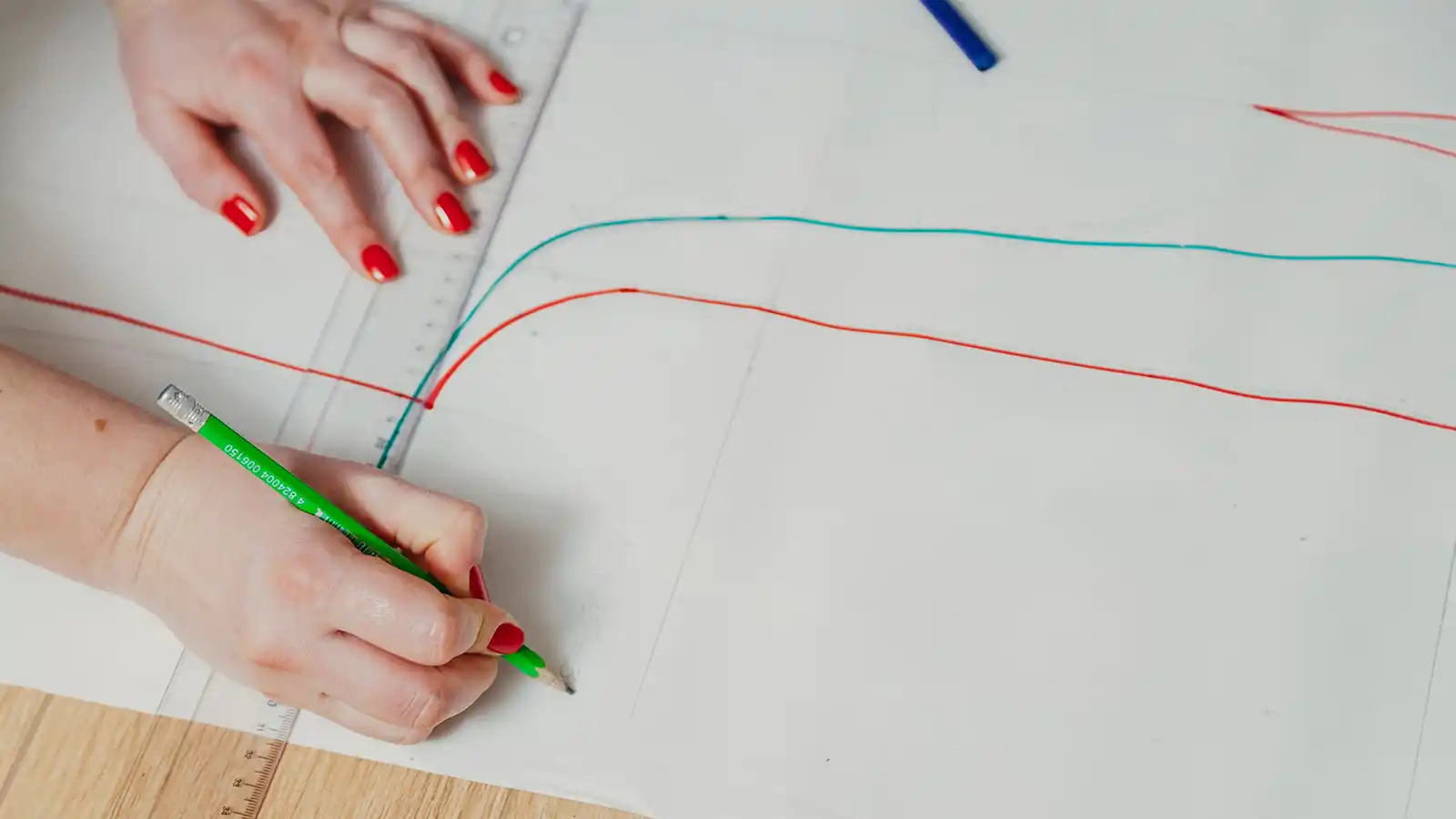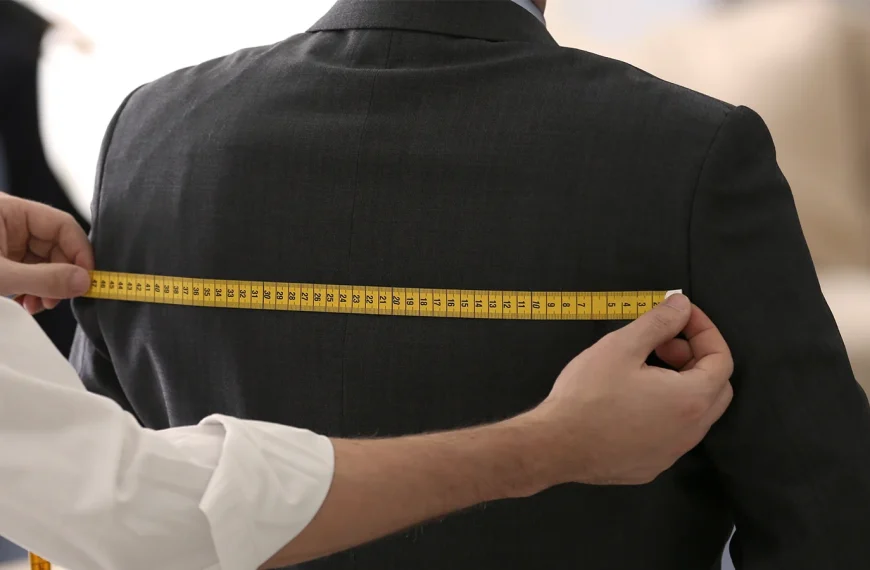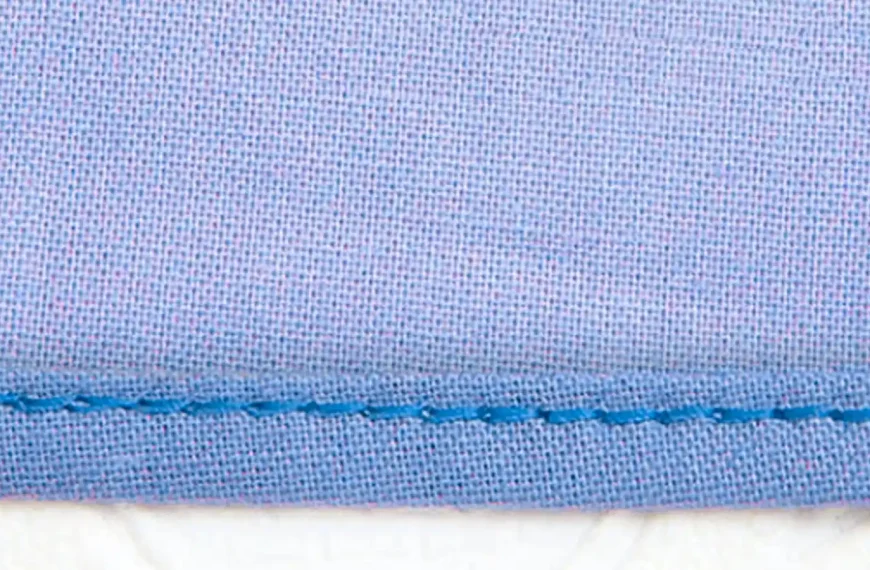Starting your sewing journey can feel overwhelming. You might be wondering what supplies you really need to start. One exciting fact is that a few essential tools can make learning to sew much easier and more enjoyable.
This article lists the must-have beginner sewing supplies every novice sewist needs. From choosing the perfect sewing machine to understanding why scissors are vital for fabric, we’ve got you covered.
We aim to equip you with everything necessary for a smooth start to sewing. Ready to begin?
Essential Sewing Supplies for Beginners
Start sewing with the essential tools in your kit, including a reliable sewing machine, sharp needles, and high-quality thread.
1. Sewing Machine
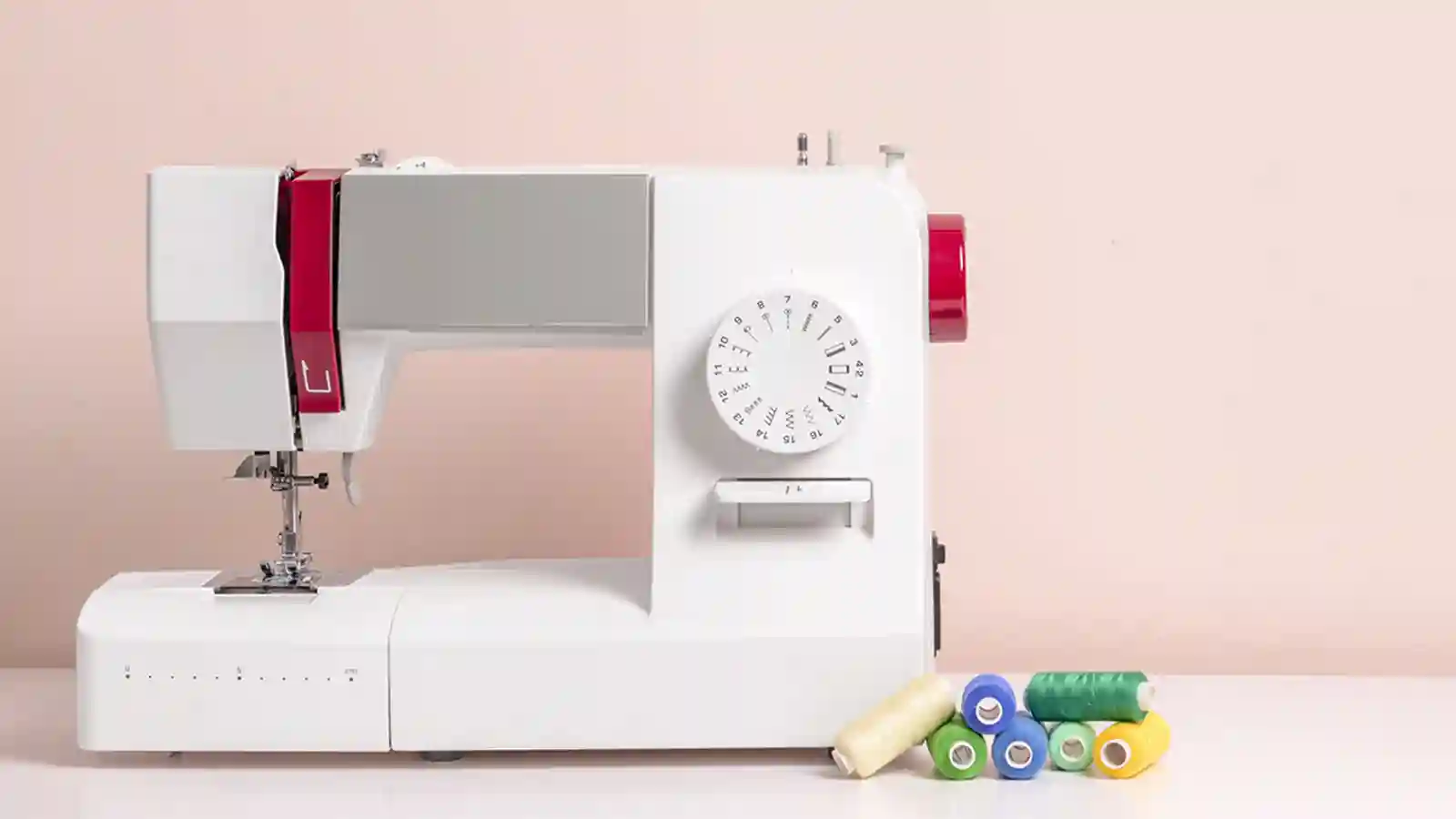 a
a
Choosing a suitable sewing machine is a critical step for every beginner. The Brother CS6000i, EverSewn 20-80, and EverSewn 25 with Sew Steady Table are highly recommended for novices.
These models offer user-friendly features that make starting your sewing journey smoother. They cater to basic sewing needs while also allowing room for growth as you tackle more complex sewing projects.
2. Sewing Needles
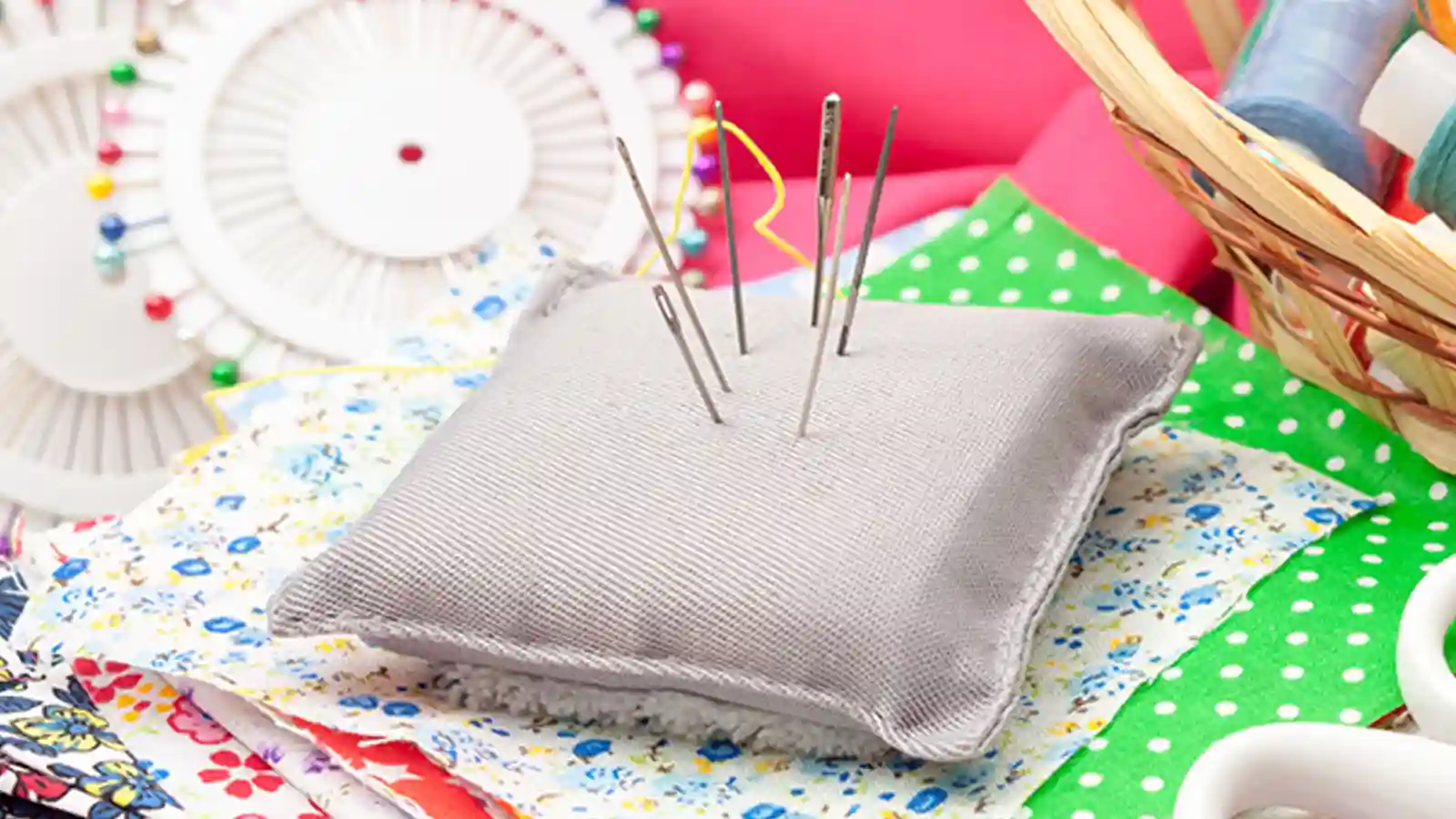
Sewing needles are crucial for both hand sewing and machine use. They act as the backbone of any sewing project. These tiny tools come in various sizes, points, and eye shapes to accommodate different fabrics and project demands.
You should familiarize yourself with the main types of sewing needles. These include universal, jersey/knit, stretch, denim, leather, and quilting needles. Armed with this knowledge and an assorted kit of sewing needles, you step closer to achieving pristine finishes on your creations.
3. Thread

Thread holds your sewing projects together, so choosing the right kind is crucial. Start with an all-purpose thread in basic colors such as black, white, and gray. These colors match many fabric types and are great for beginner sewing projects.
Investing in good-quality thread ensures your stitches stay intact and your creations last longer.
Essential Tools for Quality Cutting
Quality cutting is crucial for achieving professional-looking sewing projects. It ensures precise and clean edges, which is essential when working with different fabrics and patterns.
Using the right cutting tools will make your sewing experience more enjoyable and help you achieve better results.
4. Fabric Scissors

Fabric scissors are a must-have sewing supply that every beginner needs in their kit. You should keep them super sharp and use them only for cutting fabric. Because using the same scissors for paper can quickly dull the blades.
This dedicated pair of scissors ensures clean and precise cuts. It makes your sewing projects look more professional.
5. Pinking Shears
Pinking shears are also a must-have tool for sewing beginners. These specialized sewing scissors feature a sawtooth pattern that prevents fabric edges from fraying.
We especially recommend pinking shears for cutting woven materials that are prone to unraveling. They offer versatility and precision, making them invaluable additions to any beginner’s sewing kit.
6. Small Scissors for Thread Snipping

Small scissors for thread snipping are a must-have tool in your beginner sewing kit. These small, sharp scissors are perfect for precisely cutting stray threads and trimming seam allowances close to the stitches.
They ensure neat finishes on your sewing projects, giving them a professional look.
7. Seam Ripper
A good-quality seam ripper is a must-have when tackling any sewing project. It serves as a handy tool for correcting mistakes and removing unwanted stitches with precision. It helps you maintain the professional finish you’re aiming for. With its sharp blade and comfortable grip, a reliable seam ripper can save both time and money by salvaging fabric and ensuring frustration-free sewing sessions.
Measuring and Marking Tools
For precise measurements and neat projects, ensure you have measuring tape and a fabric marking pen or chalk. Straight pins with a pin cushion will keep your fabrics in place without snags or slips.
8. Measuring Tape

A measuring tape is crucial for taking accurate measurements on your sewing projects. Its flexibility allows you to measure both straight and curved areas. It is an essential tool for ensuring the perfect fit of your garments.
In addition to basic measurement tasks, a measuring tape can also be used for various purposes, such as marking hems, creating pattern outlines, and determining the placement of buttons or embellishments.
9. Fabric Marking Tools
When marking fabric, using a fabric marking pen or chalk can be incredibly helpful. These tools allow you to transfer pattern markings onto the fabric with precision and accuracy, ensuring that your sewing lines are on point.
Marking pens and chalks come in various colors to suit different fabrics and personal preferences. Since these markings are non-permanent, you can easily remove them after stitching, leaving no traces on your finished project.
10. Straight Pins and Pin Cushion
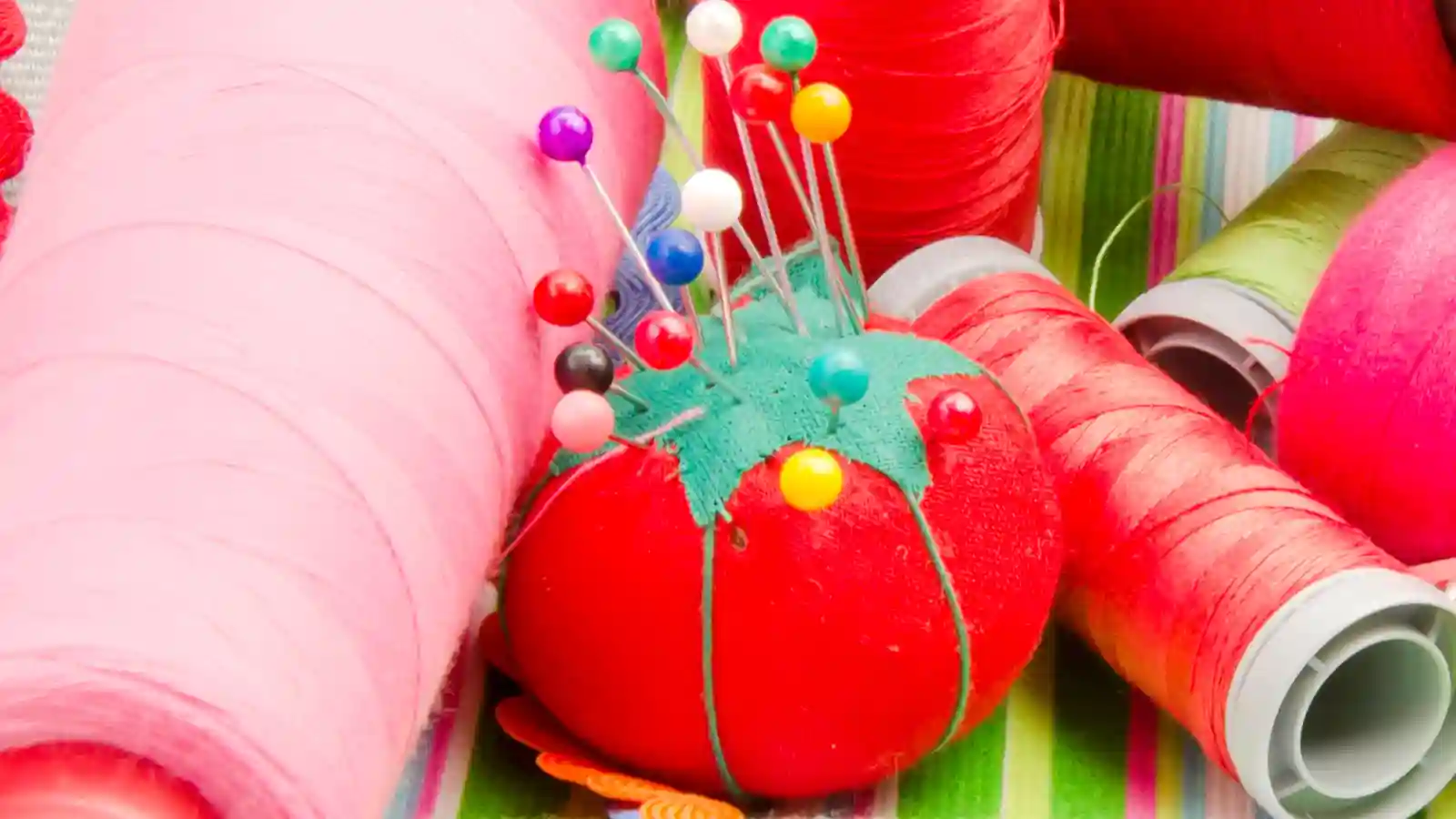
Straight pins and pin cushions are indispensable tools in your sewing kit. Straight pins securely hold the fabric in place during cutting and stitching, preventing shifting or bunching.
A pin cushion provides a designated spot for neatly storing and organizing straight pins. It keeps the pins within easy reach while you work on your sewing projects. These tools are fundamental for precision and efficiency in your sewing endeavors.
11. Sewing Clips
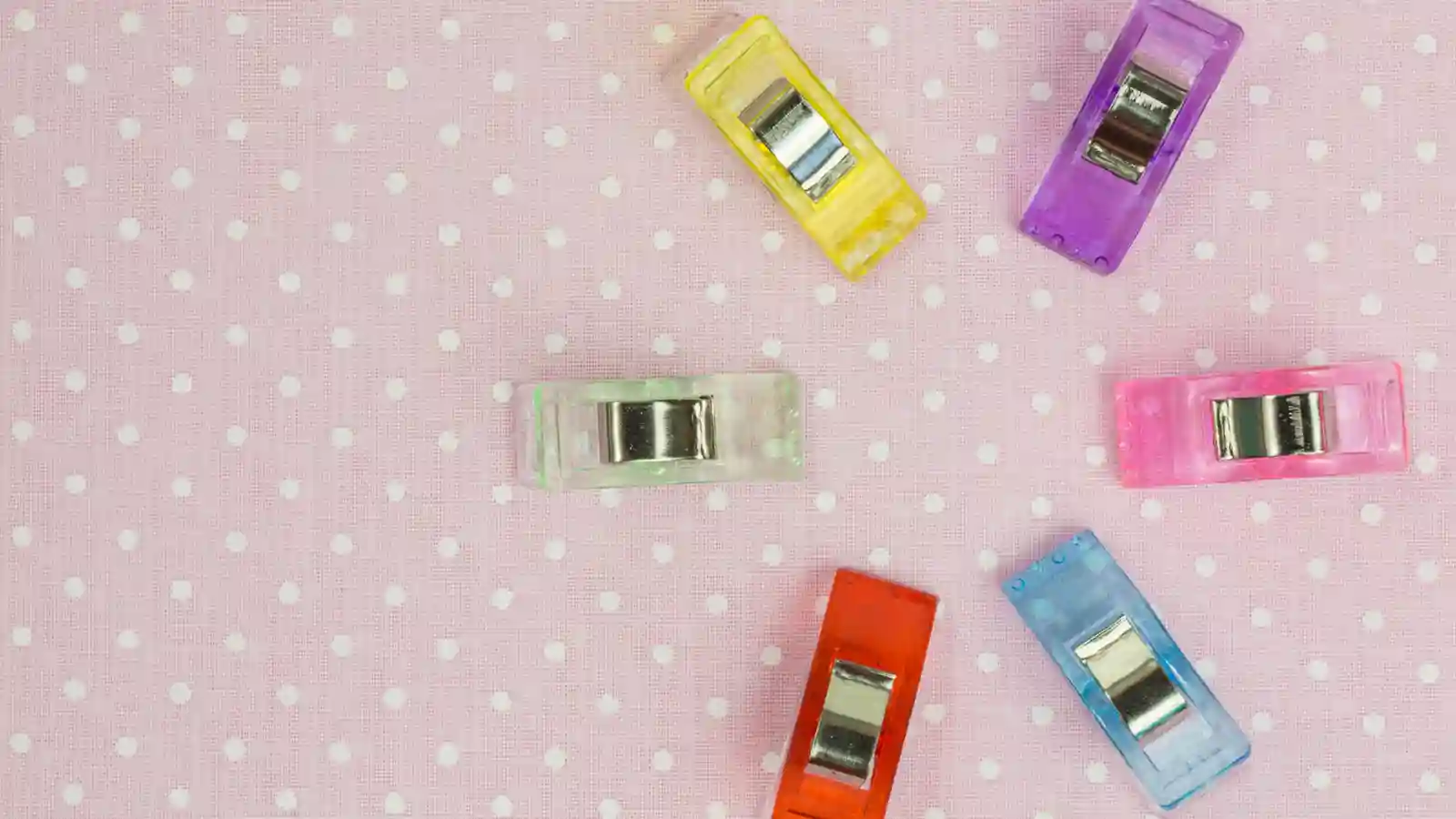
Sewing clips are essential for securing fabric during sewing projects, especially when pins may not be suitable. They are handy for thick fabrics or multiple layers. They can also assist in holding the fabric in place while measuring and marking.
12. Seam Gauge
A seam gauge is essential for accurately measuring and marking fabric in sewing projects. It ensures that seams and hems are of the correct length and width, making it a crucial part of any sewing kit.
Metal, plastic, and wood are among the materials used to make seam gauges. Some feature sliding markers for easy adjustments. Their small, portable design makes them convenient for novice and experienced sewists.
Additionally, you can use them to create evenly-spaced buttonholes and pleats. This versatile tool proves to be invaluable for a variety of sewing and quilting projects.
Ironing Essentials
Ironing is crucial to sewing, and having the right tools will make this process much easier. A steam iron and an ironing board are essential to ensure your fabric is wrinkle-free and ready for sewing.
13. Steam Iron
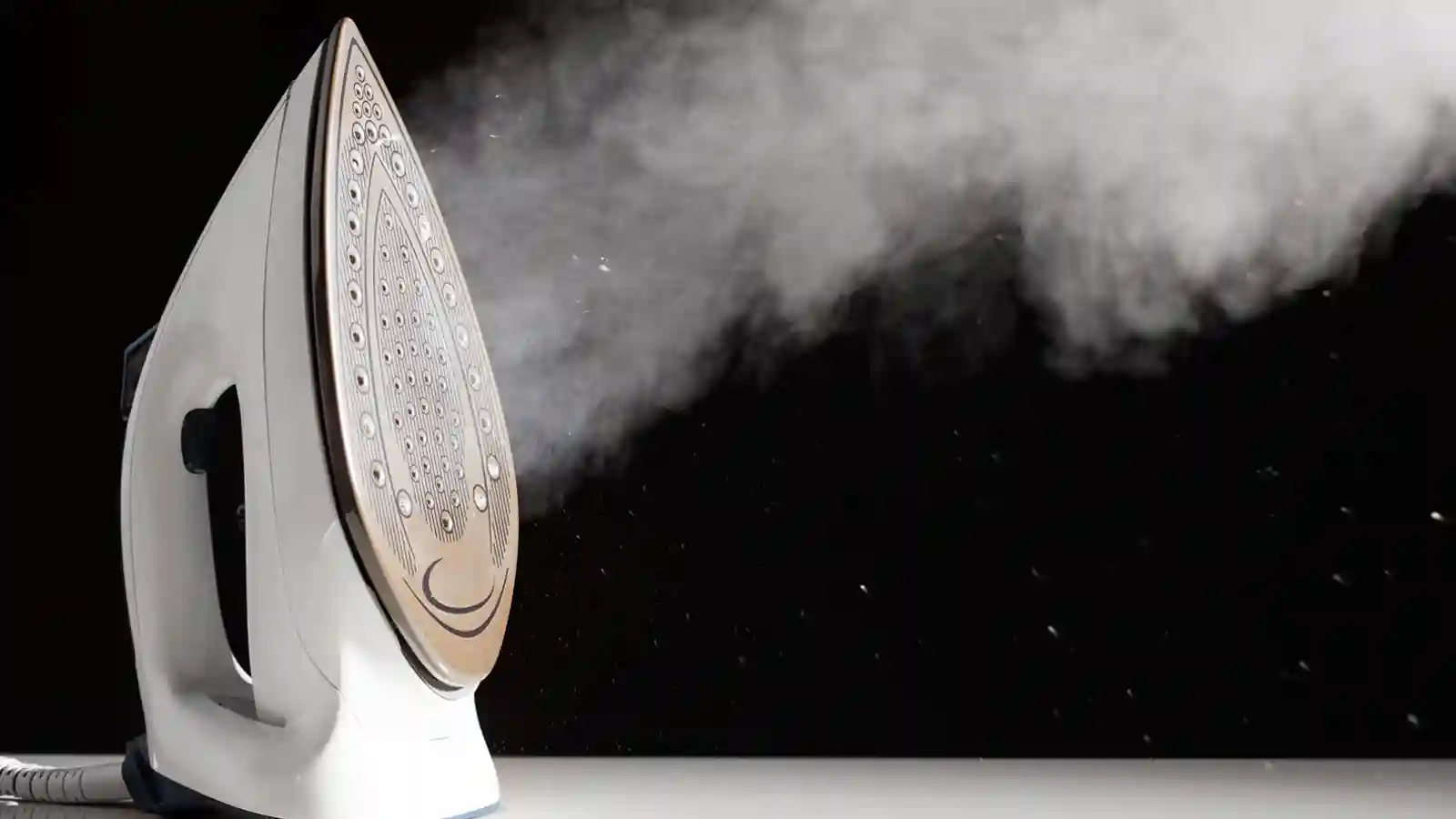
A dependable steam iron is essential for precise fabric lay and successful sewing projects. We highly recommend specific options like the Sunbeam Classic 1200 Watt Iron, Budget Rowenta Steam Iron, Rowenta Steam Iron, and Reliable Velocity 230 to meet your needs and produce quality results.
Quality tools like these underpin the importance of enhancing the overall sewing experience while saving time and money in the long run.
14. Ironing Board
Transitioning from the essential steam iron, having an appropriate ironing board is just as crucial. When it comes to sewing, a sturdy and reliable ironing board with T-shaped legs and non-slip feet underpins your ability to press fabrics correctly.
Ensuring that the fabric lays flat and smooth is indispensable for accurate cutting and stitching, making the right ironing board an essential tool in every beginner’s sewing arsenal.
Additional Helpful Sewing Tools
Expand your sewing toolkit with additional helpful tools that can enhance your sewing experience and bring more precision to your projects. You can handle different fabrics and easily create neat, professional-looking garments thanks to these tools designed to streamline and improve various aspects of the sewing process.
15. Sewing Books
Expand your sewing knowledge and skills with a selection of informative sewing books. These books cover everything from basic techniques to advanced projects. They are an invaluable resource for beginners and experienced sewists alike.
16. Rotary Cutter and Cutting Mat
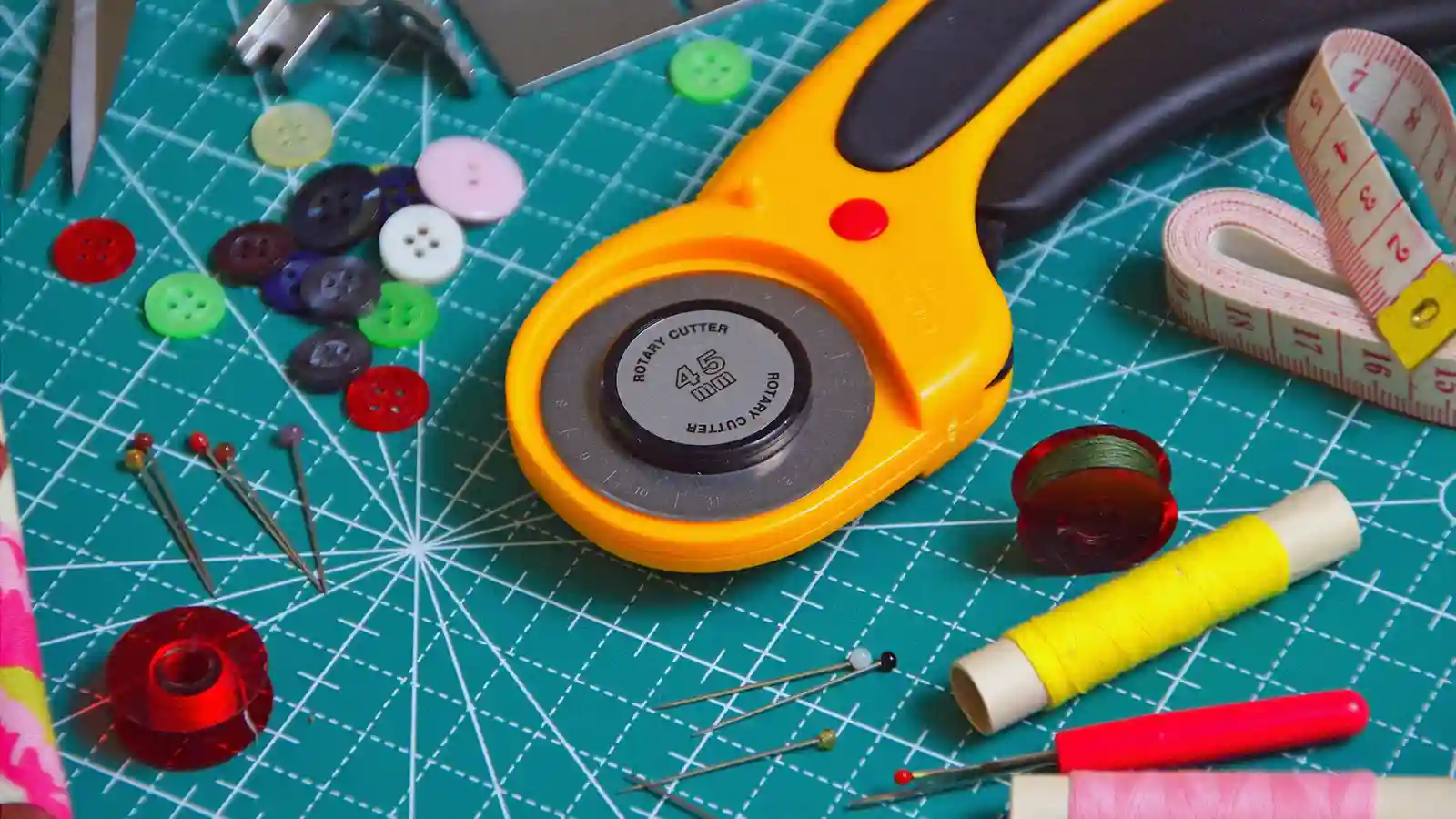
A rotary cutter with a cutting mat is essential for precise fabric cuts. The Olfa self-healing mats are well-known for their durability and size options. They protect your work surface and extend the life of the blades, while the ergonomic Olfa rotary cutter makes cutting effortless.
These tools are affordable, easy to use, and provide accurate cuts every time without fraying or uneven edges. Invest in quality cutting equipment for an enjoyable sewing experience.
17. Rulers for the Rotary Cutter
For accuracy, it is best to use rotary cutters with rulers. The 45mm blade size works well with the 6.5″ x 24.5″ and 4″ x 14″ Creative Grids rulers. Clear acrylic quilting rulers with a lip edge enhance accuracy and simplify cutting. These rulers offer accuracy and efficiency, making them a vital tool in the sewing world.
18. Tracing Wheel

A tracing wheel is a must-have tool for transferring pattern markings onto fabric. It consists of a handle and a serrated wheel that rolls smoothly over the fabric, making tiny perforations to mark lines, darts, pleats, and other pattern details.
Conclusion
Remember—every stitch counts! With these supplies, let’s delve into a world where creativity knows no bounds. Whether you’ve just unwrapped your first machine or are already navigating patterns, these essential supplies unlock the secrets of successful sewing projects.
Now, with these tips handy and motivation in your heart, it’s time for you to pick up those needles and sew away!
Learn more sewing tips at Longan Craft Blog! Dive into the fabric world with Longancraft!
FAQs
1. Why do I need different types of sewing machine needles?
Different fabrics require different machine needles to sew effectively without damaging the material. For instance, thicker layers of fabric may need a stronger needle than lightweight fabrics.
2. Why is a magnetic pin holder so useful?
A magnetic pin holder keeps your pins secure and in one place, so you won’t lose them. It’s especially handy when you’re working on large projects and need to keep your workspace organized.
3. What is the purpose of having both sewing patterns and rotary cutters among my supplies?
Sewing patterns guide you in accurately cutting and assembling pieces for your project. Rotary cutters then allow for quick and precise cuts through multiple layers of fabric, following these patterns.
4. How does basting help beginners with sewing projects?
Basting temporarily holds layers of fabric together with long stitches or special tapes before final stitching. It helps ensure everything stays aligned properly during the final sewing process.

